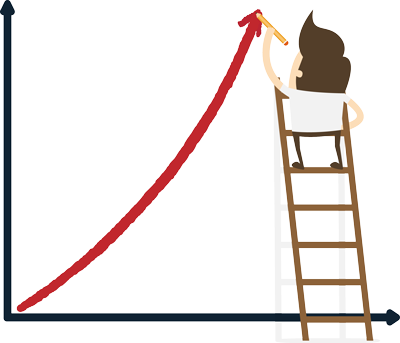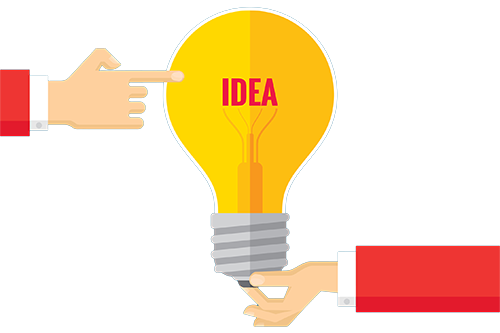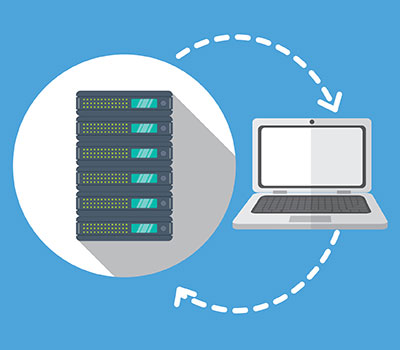How we build great websites
Our website development process consists of 7 co-related phases. A change to any part of the process requires additional alternations to all the subsequent steps.
1. Defining scope
Defining the scope of your project is the first step in creating your website. This will set the direction and dynamics for the rest of the process. From the very first interaction with you, we start collecting all the essential information about you and your business in order to create the list of requirements and goals for the project.
During this phase, we will focus on finding answers to the following questions:
- what is the purpose of the website (informative, online marketing or e-commerce)
- who is the target audience
- what type of content you want to include on your website
- what type of design and functionality you expect on your website
- what technology is required to successfully complete your project.
2. Project proposal
Once we have collected enough information to determine the full scope of your website development project, it's time to put everything in writing so that both sides can independently verify the information and easily communicate throughout the rest of the process.
This documentation will contain the detailed list of all pages and modules included in the development, project pricing as well as all the agreements regarding content, timelines, and technical aspects of the design.
3. Copyright content /
content SEO
At this point, we have a solid understanding who you are. We have also managed to gather some of the most important info about you and your venture. However, unless you already have the existing content in the form of an old website or brochures we can't move to the next phase.
Usually we don't start working on the website design until we have 50-70% of textual and visual content available. Web content also needs to be properly optimized if you are looking for high page rankings within some of the most popular search engines like Google or Yahoo.
We offer high-quality copyright content writing and content optimization services for affordable hourly rates.
4. Website design mockup
Once we have prepared a sufficient amount of content, we can begin website designing. This is by far the most creative phase of the entire website development process. Besides the current trends and your own preferences, we take other important things into consideration when creating a design mockup for your website:
- the purpose and functionality of your website
- the industry niche that your website is targeting
- type and amount of visual and textual content
Lastly, we combine all the above factors with our own vision, creativity, and expertise in order to create the ultimate design you will simpy fall in love with.
5. Website programming
Only after the website design mockup is finished and fully approved by you, we can move to the tedious and geeky process of coding.
Depending on the project requirements, your preferences, and workflow we can take two different approaches to building your website:
- using a Content Management System (CMS) like Wordpress or Joomla
- writing custom and fully optimized code, often based on the most popular and powerful PHP, CSS and JavaScript frameworks.
There are certain pros and cons to both methods.
6. Website deployment
Finally your website is fully built and tested, but still operating on the development server. It's time to make it public so everyone can visit it and enjoy its exclusive content.
This is a super exciting time for our team. We have been brainstorming, writing, designing, and programming for weeks to reach this point and finally, we can show the world the effects of our hard work.
7. Continous improvement
A good modern website is never finished. Period. Even the most beautiful and functional website is going to lose its appeal over some time.
In order to ensure that your visitors keep coming back, you have to periodically update information on your website, add high-quality visual content or providecool new features that will give you an edge over your competition.
Sometimes even some subtle changes to the backgrounds or font styles can go a long way, giving your website the desired effect of a refreshed look.











